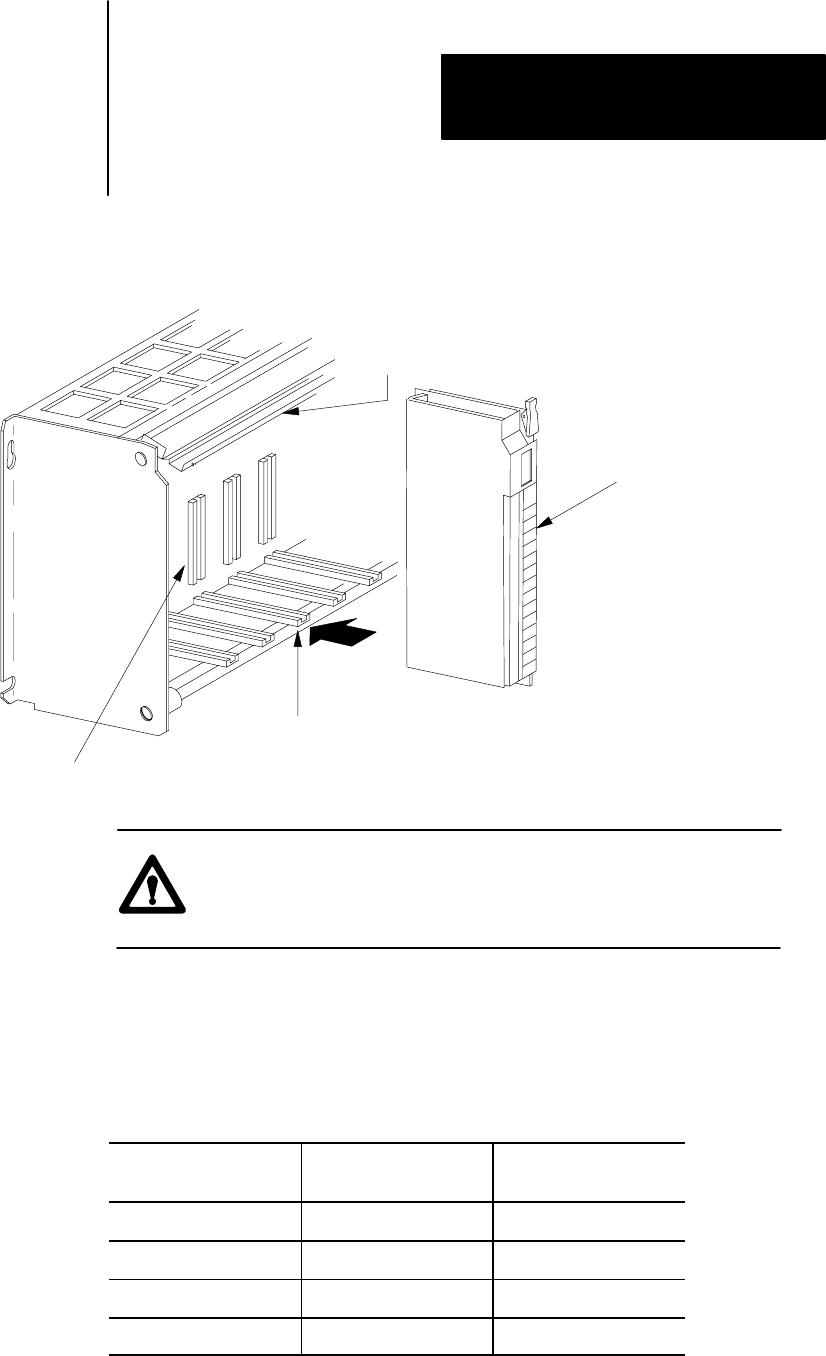User Manual Owner's manual
Table Of Contents
- 1772-6.5.8, Mini-PLC-2/02, -2/16, -2/17 Processor, User Manual
- Important User Information
- Summary of Changes
- Table of Contents
- 1 - Using This Manual
- 2 - Fundamentals of a Programmable Controller
- 3 - Hardware Features
- 4 - Installing Your Programmable Controller
- 5 - Starting Your Processor
- 6 - Maintaining and Troubleshooting Your Processor
- 7 - Memory Organization
- 8 - Scan Theory
- 9 - Relay-Like Instructions
- 10 - Program Control Instructions
- 11 - Timers and Counters
- 12 - Data Manipulation and Compare Instructions
- 13 - Three-Digit Math Instructions
- 14 - EAF Math Instructions
- 15 - EAF Log, Trig, and FIFO Instructions
- 16 - EAF Process Control Instructions
- 17 - Jump Instructions and Subroutines
- 18 - Block Transfer
- 19 - Data Transfer Instructions
- 20 - Bit Shift Registers
- 21 - Sequencers
- 22 - Selectable Timer Interrupts
- 23 - Report Generation
- 24 - Program Editing
- 25 - Programming Techniques
- 26 - Program Troubleshooting
- A - Specifications
- B - Processor Comparison Chart
- C - Number Systems
- D - Glossary
- E - Quick Reference
- Index
- Back Cover

Installing Your
Programmable Controller
Chapter 4
4-27
Figure 4.16
Place
Each I/O Module into its Corresponding Keyed Slot in the
I/O Chassis
20213
I/O module
locking bar
card guides
corresponding keyed slot
ATTENTION: Do not force and I/O module into a backplane
connector. Forcing an I/O module can damage the backplane
connector or the I/O module.
Calculate the total current requirement for all installed modules to ensure
that the sum does not exceed the limit of the I/O chassis’ power supply.
The 1772-LWP, -LXP, and -LZP processor provides 4A to power the I/O
modules. If you need additional power, you can choose either a 1771-P3
or 177-P4 power supply module to parallel to the 1772-LWP, -LXP, -LZP:
Catalog Number Input Voltage Current to the
Backplane
1771P3 120V ac 3A
1771P4 120V ac 8A
1771P5 24V ac 8A
1771P7 120/220V ac 16A










